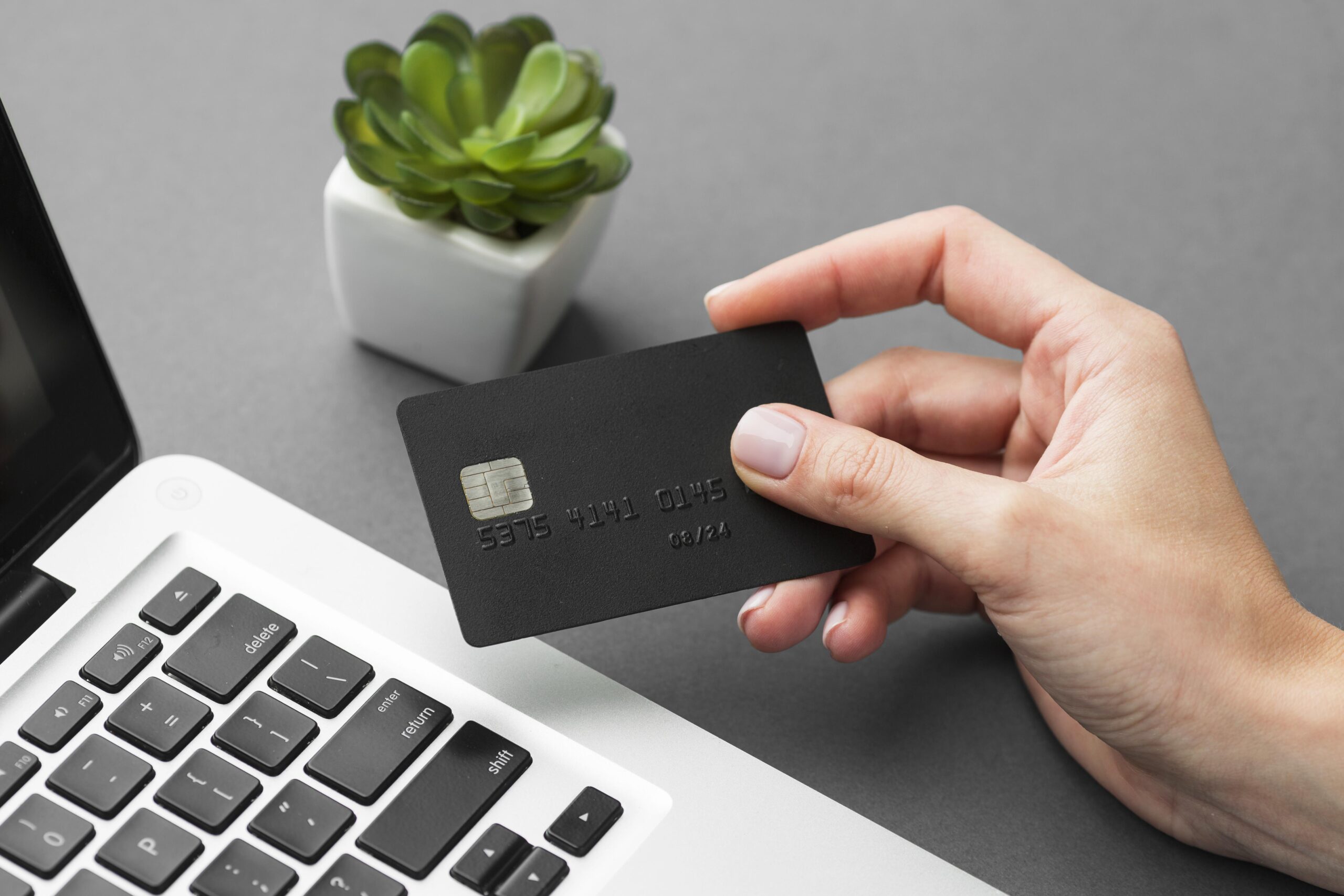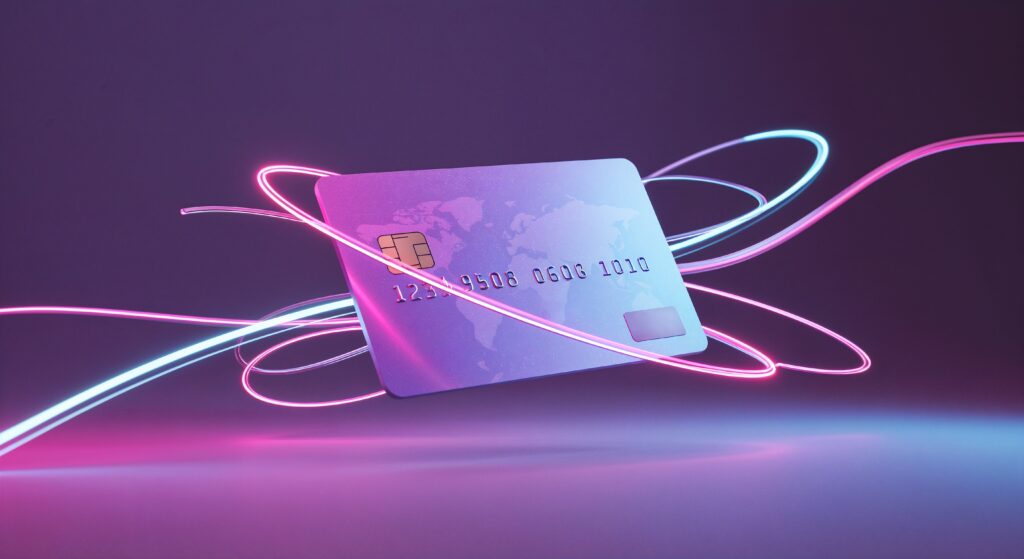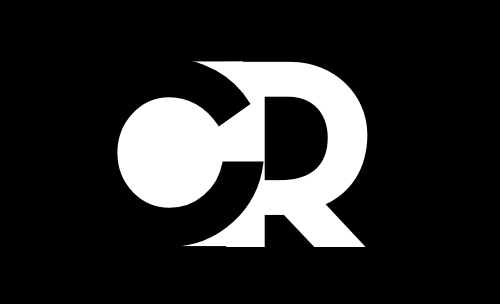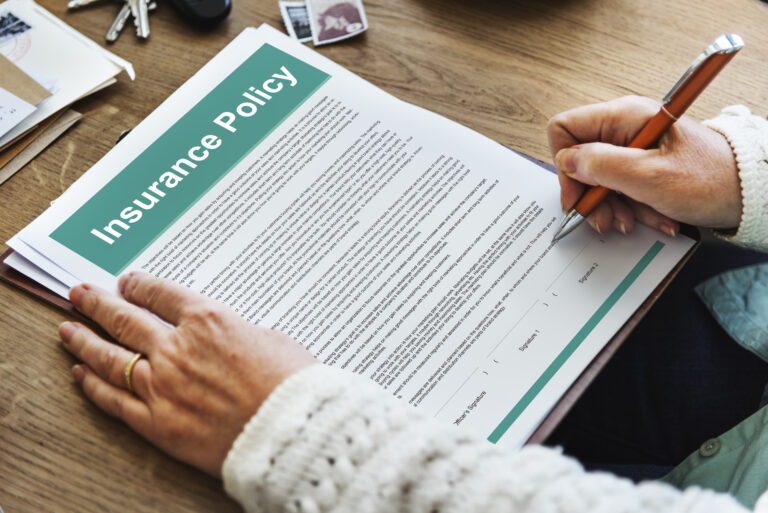How to get a high-limit credit card with a 650 credit score?

A 650 credit score falls in the “fair” range, which can make getting a high-limit credit card a bit challenging but not impossible. While lenders typically prefer scores above 700 for premium cards, there are still strategies to qualify for a higher credit limit even with a 650 score. The key lies in choosing the right cards, improving your creditworthiness, and leveraging your existing financial habits to convince issuers you’re a low-risk borrower.
This guide will walk you through practical steps to increase your chances of approval, from selecting the best cards for fair credit to negotiating higher limits. You’ll also learn how to strengthen your credit profile over time, so you can eventually qualify for even better offers. With the right approach, a high-limit card is within reach even with a 650 score.
Understanding Credit Score Requirements for High-Limit Cards
A credit score of 650 sits in the “fair” credit range not bad, but not ideal for securing a high-limit credit card. Most premium cards (like travel rewards or cashback cards with high limits) typically require a “good” or “excellent” score (670+ or 720+). However, that doesn’t mean you’re completely out of options.
Why Do Lenders Care About Credit Scores for High Limits?
Credit card issuers assess risk before granting high credit limits. A higher score suggests:
- Strong repayment history (you pay bills on time)
- Low credit utilization (you don’t max out cards)
- Long credit history (you’ve managed credit responsibly over time)
- Few hard inquiries (you’re not applying for too much credit at once)
With a 650 score, lenders may see you as a moderate risk, which is why they might approve you but start with a lower limit. However, some issuers are more flexible than others, and certain strategies can help you secure or grow a higher limit even with fair credit.
What’s Considered a “High” Credit Limit?
- $5,000+ is generally seen as a solid starting high limit.
- $10,000+ is common for those with good-to-excellent credit.
- $20,000+ is typically reserved for high-income earners with excellent credit.
While a 650 score may not instantly qualify you for the highest-tier cards, you can still work your way up by choosing the right cards, improving your credit habits, and negotiating with issuers. The next sections will cover exactly how to do that.
Best Credit Cards for a 650 Score with High Limits
Just because you have a 650 credit score doesn’t mean you’re stuck with low-limit cards. Some issuers are more willing to extend higher credit limits to borrowers with fair credit especially if you have a steady income, low debt, or an existing relationship with the bank. Here are the best options to consider:
1. Capital One QuicksilverOne Cash Rewards Credit Card
- Why it’s great for a 650 score: Capital One is known for being more lenient with fair-credit applicants.
- Potential starting limit: $1,000–$3,000 (with room to grow)
- Key perks:
- 1.5% cash back on all purchases
- No foreign transaction fees
- Opportunity for a credit limit increase in as little as 6 months
Tip: If you use this card responsibly (paying on time and keeping utilization low), Capital One may automatically raise your limit.
2. Discover it® Secured Credit Card
- Why it’s great for a 650 score: Even though it’s a secured card, Discover frequently graduates users to unsecured cards and higher limits.
- Potential starting limit: Your deposit amount (usually $200–$2,500), but many users report getting a limit increase after 8–12 months.
- Key perks:
- 2% cash back at gas stations & restaurants (up to $1,000/quarter)
- 1% back on everything else
- Discover matches all cash back earned in the first year
Tip: This card is one of the best ways to rebuild credit while still earning rewards just make sure to pay in full each month.
3. Credit One Bank Platinum Visa® for Rebuilding Credit
- Why it’s great for a 650 score: Designed for fair credit, with potential for higher limits over time.
- Potential starting limit: $300–$1,500 (varies by applicant)
- Key perks:
- 1% cash back on eligible purchases
- Pre-qualification available (no hard pull)
- Free online access to your credit score
Caution: This card has an annual fee ($0–$99), so weigh the cost against the benefits.
4. Navy Federal Credit Union Platinum Credit Card (If Eligible)
- Why it’s great for a 650 score: Credit unions often offer better terms than traditional banks.
- Potential starting limit: $2,000–$10,000+ (for qualified applicants)
- Key perks:
- Low APR compared to other fair-credit cards
- No balance transfer fees
- No annual fee
Note: You’ll need to be a Navy Federal member (military, veterans, or family).
5. Petal® 2 Visa® Credit Card
- Why it’s great for a 650 score: Considers cash flow (bank account history) alongside credit score.
- Potential starting limit: $300–$10,000 (based on financial profile)
- Key perks:
- 1–1.5% cash back (increases with on-time payments)
- No fees whatsoever (no annual, late, or foreign transaction fees)
How to Maximize Your Chances of a Higher Starting Limit
- Apply for cards from banks where you already have an account (they may be more generous).
- List a higher (but truthful) income this can influence your limit.
- Opt for pre-qualification tools (soft checks won’t hurt your score).
How to Improve Your Chances of Approval?
Getting approved for a high-limit credit card with a 650 score requires more than just filling out an application—you need to strategically position yourself as a trustworthy borrower. Here’s how to boost your approval odds and potentially secure a better starting limit.
1. Pay Down Existing Balances Before Applying
Credit card issuers look at your credit utilization ratio (how much credit you’re using vs. your total limits). Ideally, keep balances below 30% of your limit—but under 10% is even better before applying.
- Example: If you have a card with a $1,000 limit, try to owe $300 or less (preferably under $100).
- Why it helps: Lower utilization signals responsible credit use, making lenders more likely to approve you for a higher limit.
2. Correct Errors on Your Credit Report
Mistakes happen—and they could be dragging your score down.
- Check your reports for free at AnnualCreditReport.com.
- Dispute inaccuracies (late payments that were actually on time, incorrect balances, etc.).
- Result: Fixing errors could give your score a quick boost, pushing you closer to the “good” credit range (670+).
3. Apply for Cards That Match Your Credit Profile
- Avoid premium cards (like Chase Sapphire or Amex Platinum)—they’re unlikely to approve a 650 score.
- Focus on cards designed for “fair credit” (see previous section).
- Use pre-qualification tools (Capital One, Discover, Credit One) to gauge approval odds without a hard pull.
4. Reduce Recent Hard Inquiries
Each credit card application triggers a hard inquiry, which can drop your score by 5–10 points.
- Space out applications (wait at least 3–6 months between them).
- If you’ve had multiple recent denials, pause and rebuild first.
5. Add Positive Payment History (If You Have Thin Credit)
If your credit file is “thin” (few accounts), consider:
- Becoming an authorized user on someone else’s old, well-managed card.
- Using a credit-builder loan (Self or Credit Strong) to add installment credit.
- Keeping old accounts open (even if unused) to lengthen your credit history.
6. Time Your Application Strategically
- Wait until after a big payment (if you’ve recently paid down a loan or card).
- Avoid applying when carrying high balances (even if you pay in full monthly).
- Apply when your score is at its highest (check credit monitoring apps like Credit Karma).
7. Call the Reconsideration Line (If Denied)
Some issuers (like Capital One and Discover) allow you to appeal a denial.
- Politely ask for reconsideration and explain why you’re a good risk.
- Highlight: Steady income, improved credit habits, or loyalty to the bank.
Strategies to Request a Higher Credit Limit

Getting approved for a credit card is just the first step now it’s time to grow your limit. Even if you start with a modest line of credit, these proven strategies can help you secure a higher limit over time, even with a 650 credit score.
1. Prove Your Creditworthiness First
Before asking for an increase, demonstrate responsible usage for at least 3-6 months by:
- Paying your bill early (not just on time)
- Keeping utilization below 30% (ideally under 10%)
- Avoiding late payments at all costs
Why this works: Issuers want to see consistent, reliable behavior before extending more credit.
2. The 6-Month Rule for Automatic Increases
Many issuers (especially Capital One and Discover) automatically review accounts for limit increases every 6 months if you:
- Use the card regularly (but don’t max it out)
- Make payments on time
- Show increased income
Pro Tip: Set a calendar reminder at the 5-month mark to ensure your credit report looks its best before their review.
3. The Soft-Pull Request Method
Some banks allow limit increases without a hard credit check (which protects your score):
- Capital One: Request via app/site (soft pull in most cases)
- Discover: “Credit Line Increase” link in account (soft pull)
- Apple Card: Message support in Wallet app (soft pull)
How to ask:
“I’ve been using my card responsibly for X months. Could I be considered for a credit limit increase?”
4. The Income Update Strategy
If your income has increased since applying, update it in your account:
- Most issuers let you submit new income info online
- Higher income = higher potential limit
- Especially effective with Amex, Chase, and Bank of America
Example: If you got a raise from $45k to $55k, update this before requesting an increase.
5. The Strategic Spending Method
For certain issuers (like Amex), you can “force” a higher limit by:
- Charging up to your current limit
- Paying it off immediately
- Repeating for 2-3 billing cycles
- Then requesting an increase
Caution: Only do this if you can pay in full—carrying a balance hurts your score.
6. The Loyalty Approach
After 1 year of responsible use with an issuer:
- Call customer service
- Highlight your perfect payment history
- Mention if you have other products with them (checking/savings accounts)
Script:
“I’ve been a loyal customer for X years with perfect payments. I’d appreciate consideration for a higher limit to better manage my expenses.”
7. When to Avoid Requesting
Don’t ask for an increase if you:
- Recently missed a payment
- Have high utilization on other cards
- Just opened several new accounts
- Are about to apply for a major loan (mortgage/auto)
What If You’re Denied?
- Ask for the reason (they must tell you)
- Wait 3-6 months and try again
- Focus on improving the factor that caused denial
Conclusion
A 650 credit score doesn’t have to hold you back from securing a high-limit credit card it just requires the right strategy. By choosing lender-friendly cards, demonstrating responsible credit habits, and strategically requesting limit increases, you can steadily grow your available credit. Remember, consistency is key: pay on time, keep balances low, and regularly monitor your credit. As your score improves, even better opportunities will open up. Start with the steps outlined here, stay patient, and you’ll soon unlock the financial flexibility that comes with a higher credit limit. Your journey to stronger credit starts today.






